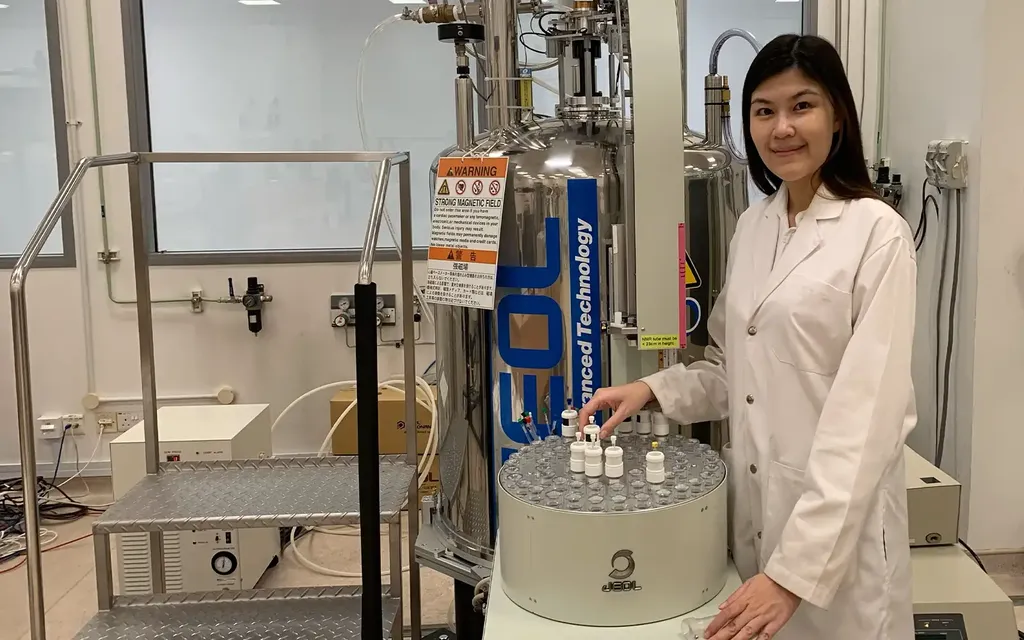In a world grappling with environmental crises and energy demands, a team of researchers led by Mohsen Ahmadipour from the Institute of Power Engineering at Universiti Tenaga Nasional in Malaysia has uncovered a promising avenue for sustainable solutions. Their work, recently published in the journal “Engineering Results,” explores the fusion of conductive polymers (CPs) and carbon nanostructures (CNS) to create advanced materials that could revolutionize environmental remediation and energy technologies.
The study highlights the unique properties of CPs, which are synthesized using mild chemicals and avoid energy-intensive processes. These polymers possess delocalized π-electrons along their conjugated backbones, enabling efficient charge transport. This characteristic allows them to function as photocatalysts while simultaneously adsorbing pollutants, making them ideal for environmental cleanup and energy applications.
“CPs offer a sustainable and cost-effective approach to addressing water security and energy needs,” Ahmadipour explained. “Their ability to perform dual functions—photocatalysis and adsorption—sets them apart from traditional materials.”
However, the high production cost of carbon nanostructures has limited their large-scale applications. To overcome this challenge, the researchers explored the synergy between CPs and CNS, developing advanced composites through methods such as in situ polymerization, electrodeposition, and aerogelization. These hybrid materials have demonstrated superior photocatalytic performance, making them attractive for fabricating electrodes used in various remediation strategies.
The applications of these advanced composites are vast and varied. They have been successfully applied in hydrogen and oxygen evolution reactions, carbon dioxide capture, dye degradation, and the removal of heavy metals and pharmaceuticals. These processes not only aid in environmental cleanup but also provide alternative energy pathways, linking remediation with sustainable energy production.
“By integrating CPs with CNS, we can create materials that are not only efficient but also economically viable,” Ahmadipour noted. “This opens up new possibilities for large-scale applications in environmental remediation and energy technologies.”
The research underscores the potential of these innovative materials and waste valorization strategies in fostering a greener and more resilient ecology. As the world continues to seek sustainable solutions, the work of Ahmadipour and his team offers a glimpse into a future where environmental remediation and energy production go hand in hand.
The findings published in “Engineering Results” provide a roadmap for future developments in the field, highlighting the importance of interdisciplinary research in addressing global challenges. With further advancements, these materials could play a pivotal role in shaping a sustainable future for energy and environmental sectors.

